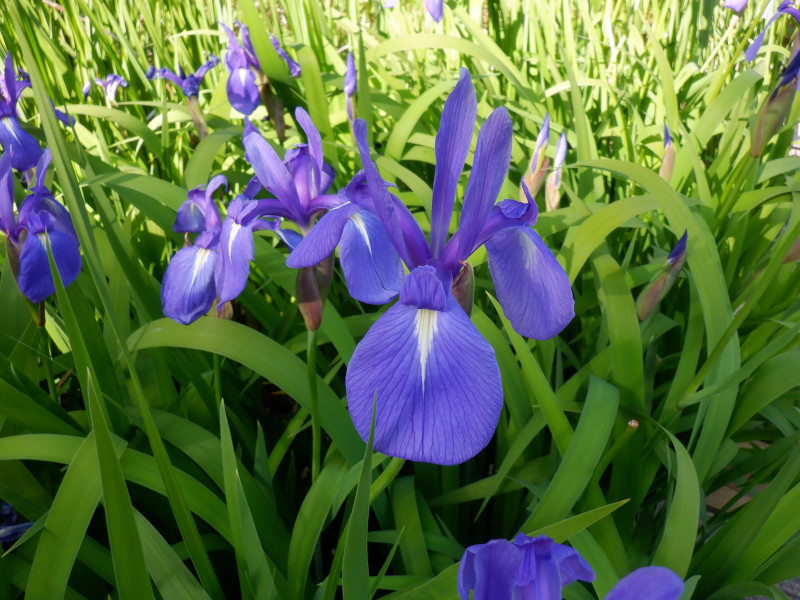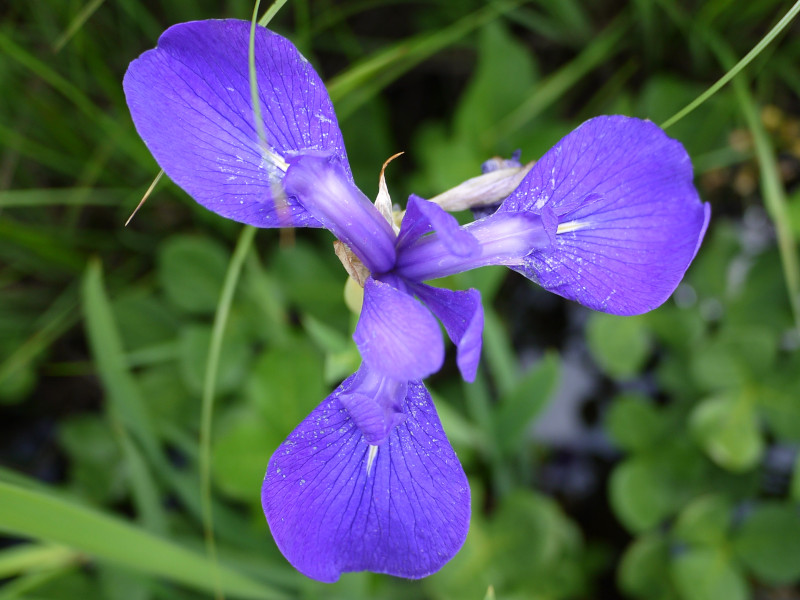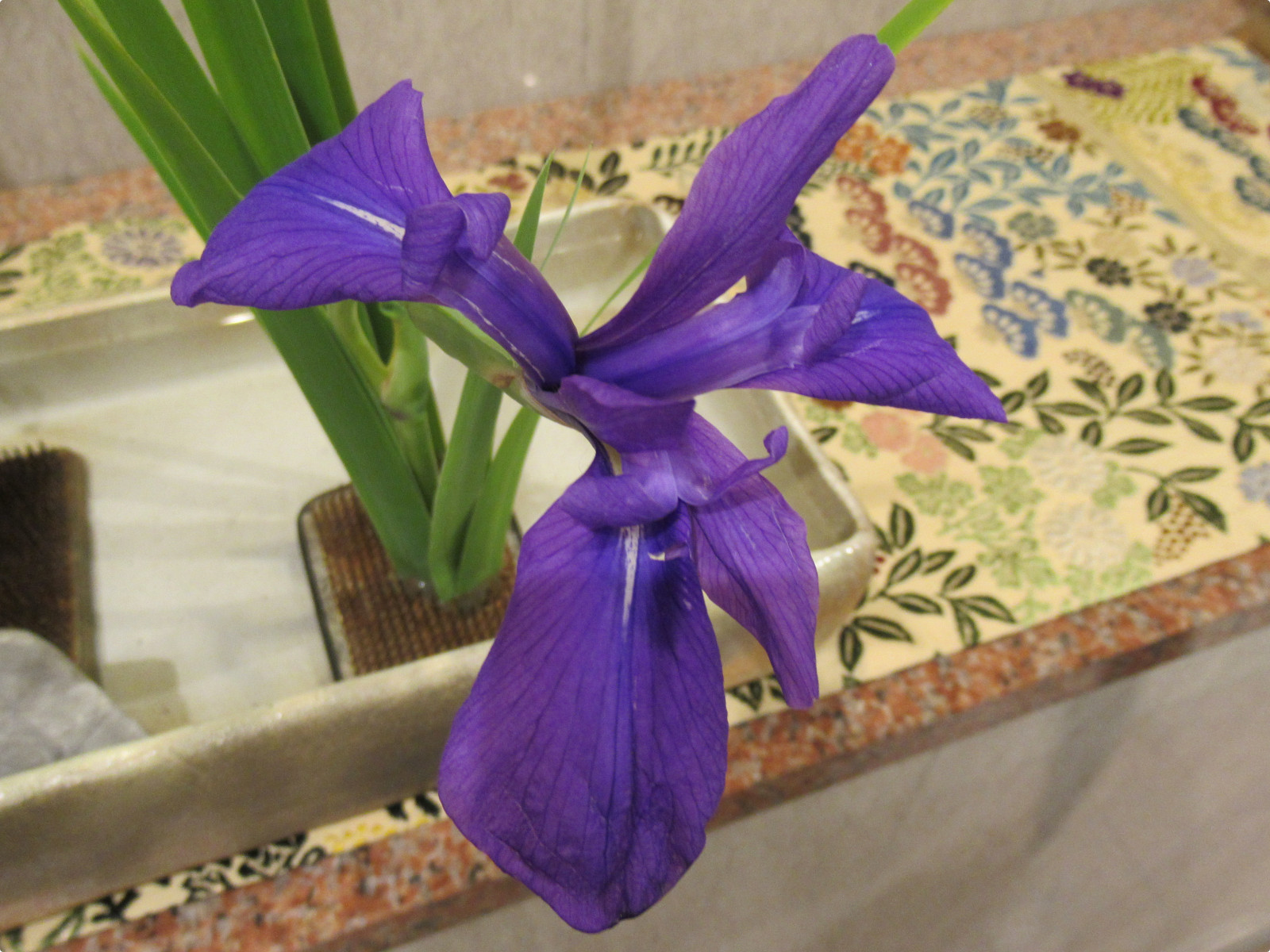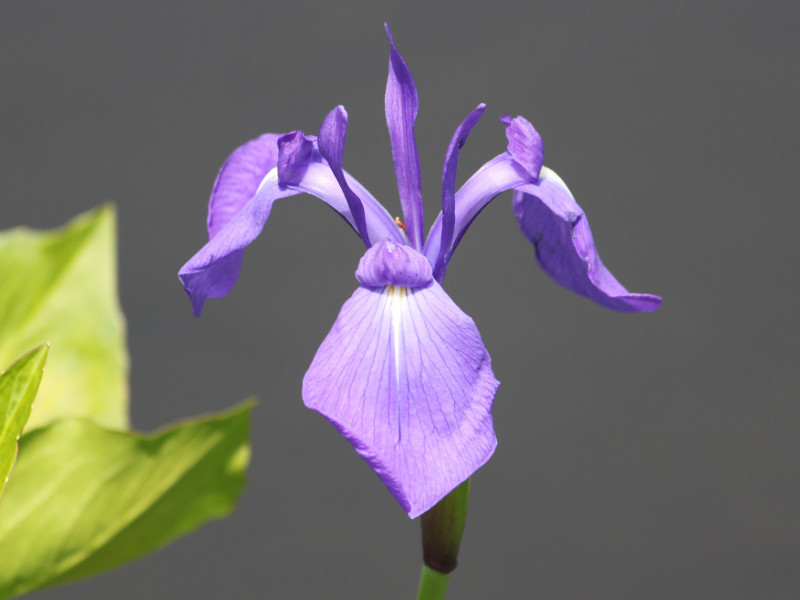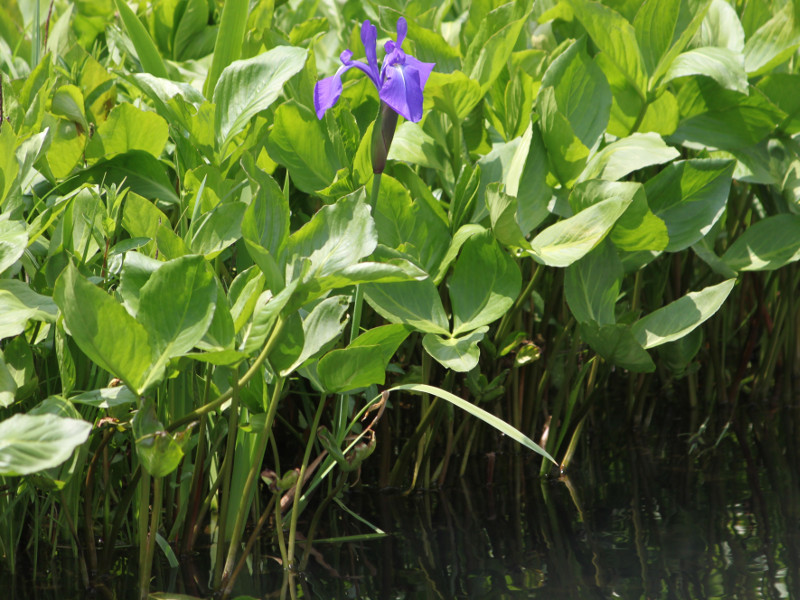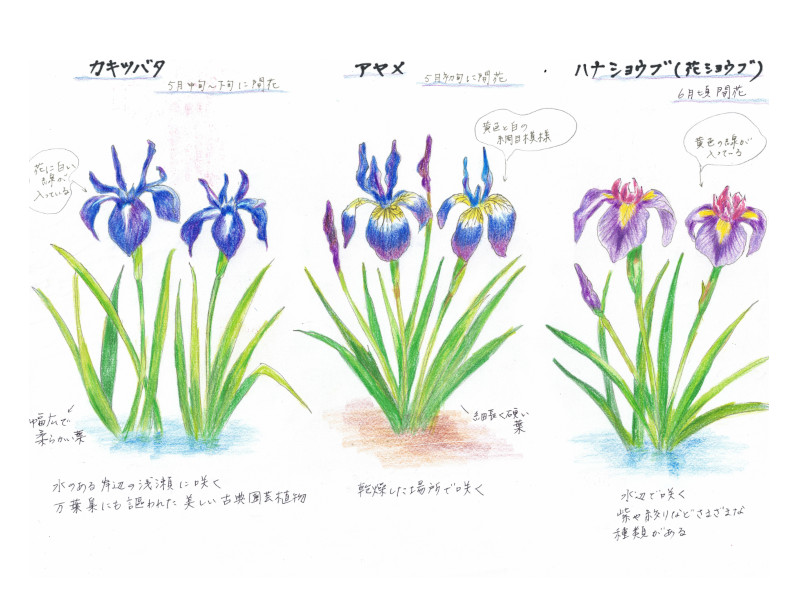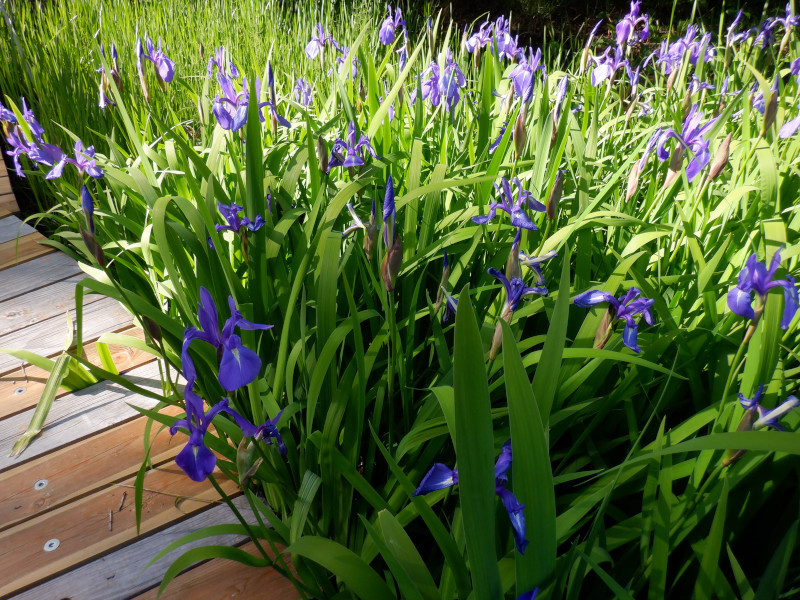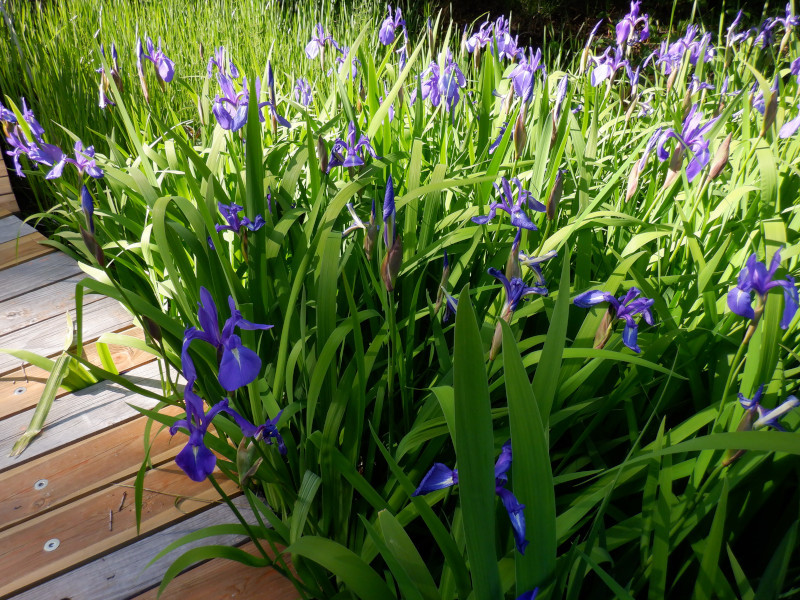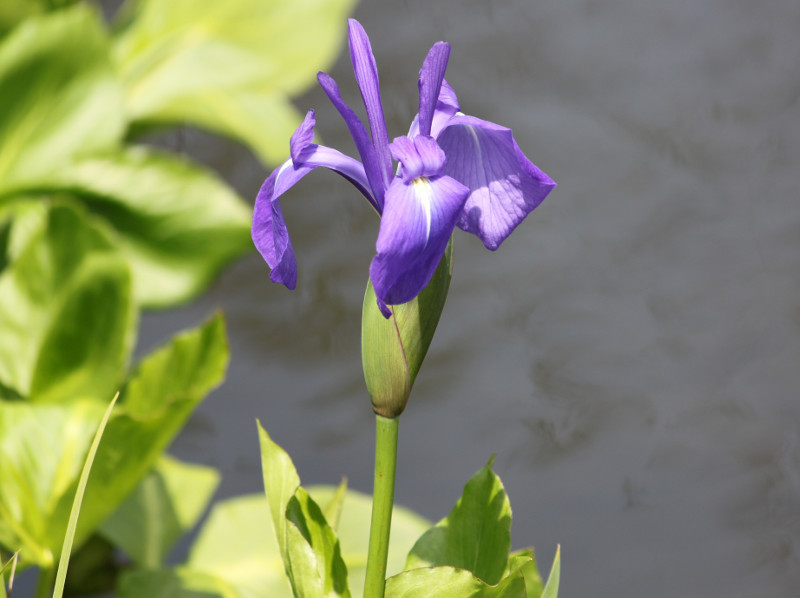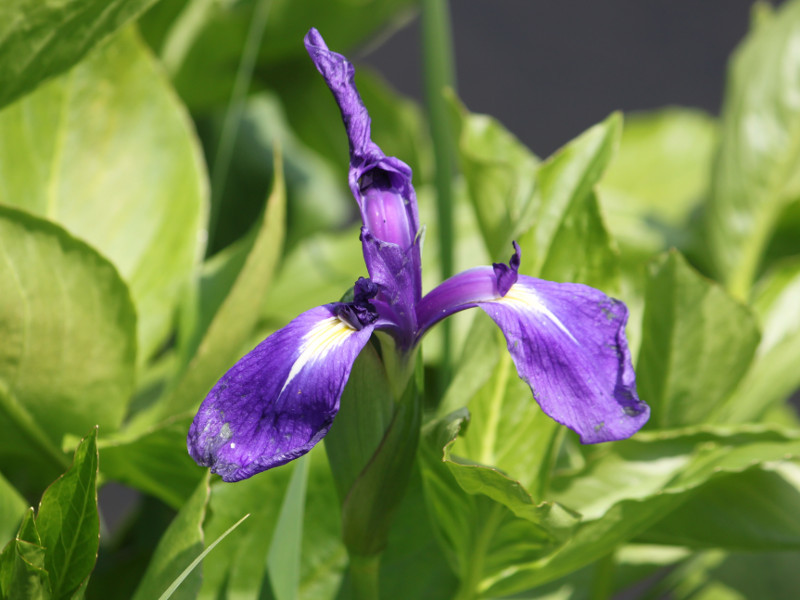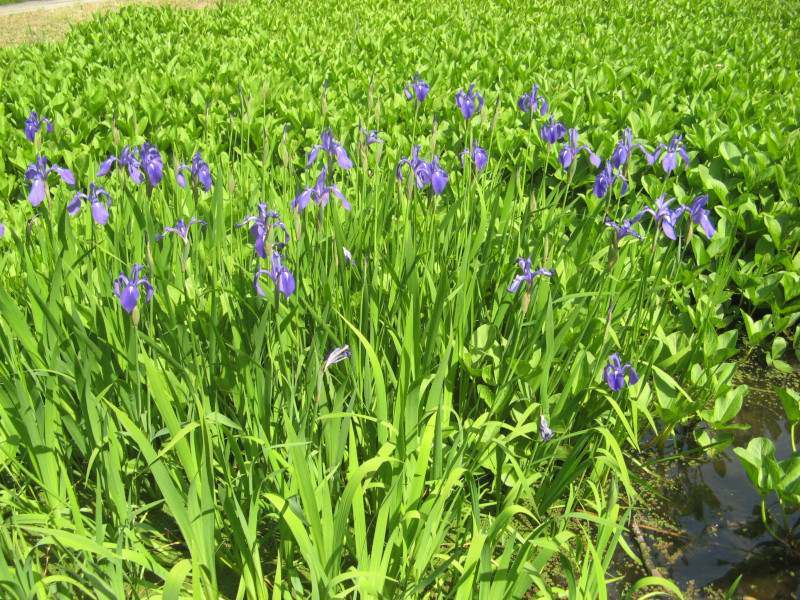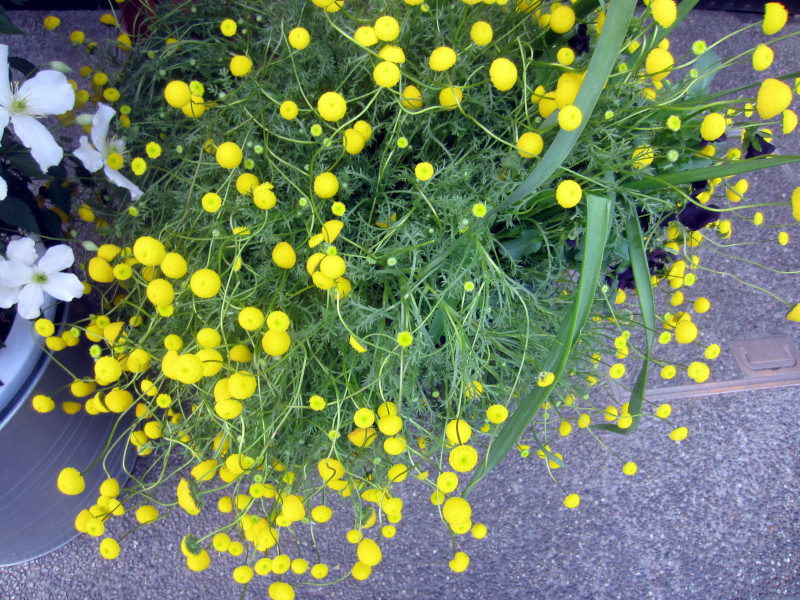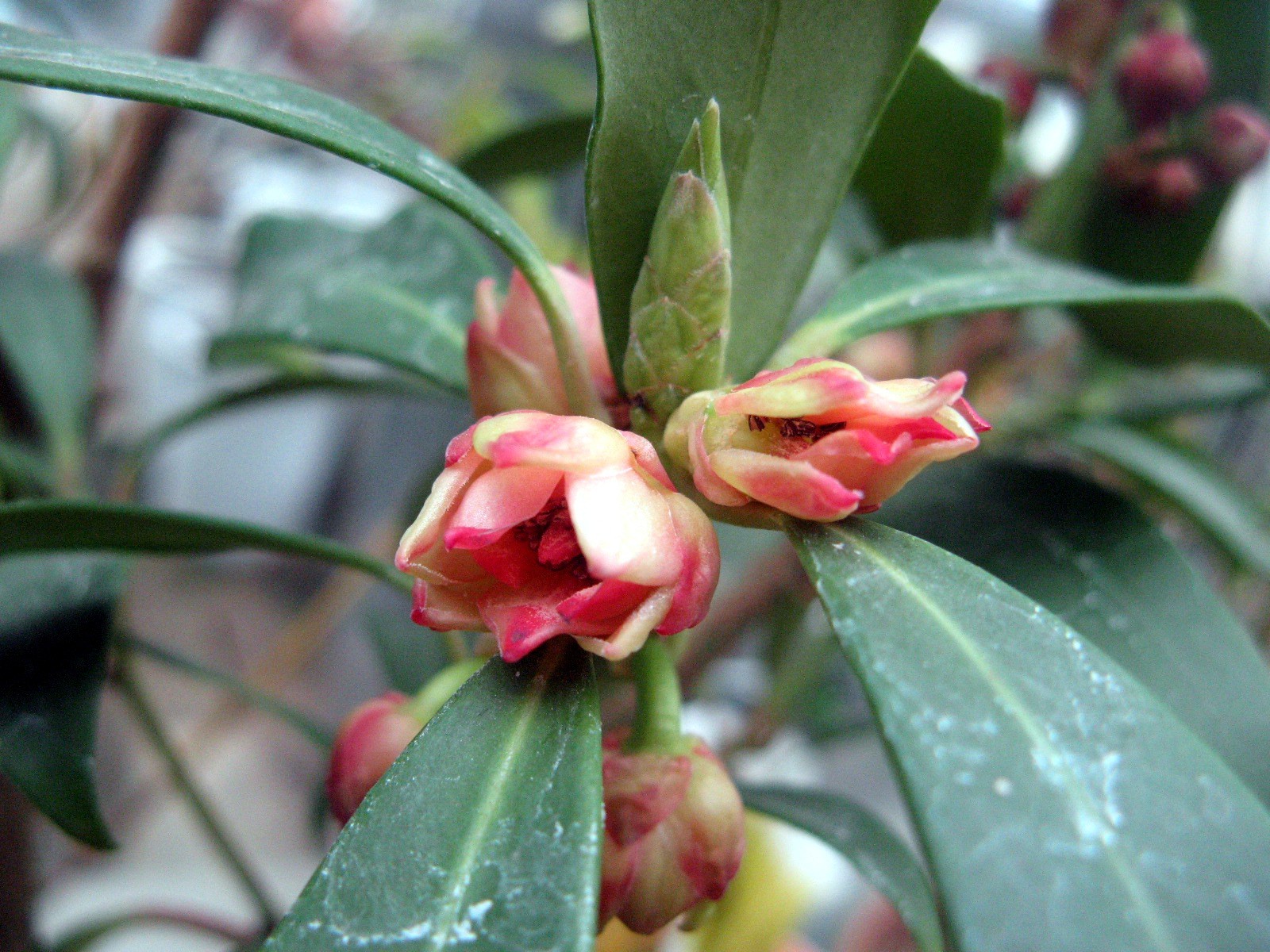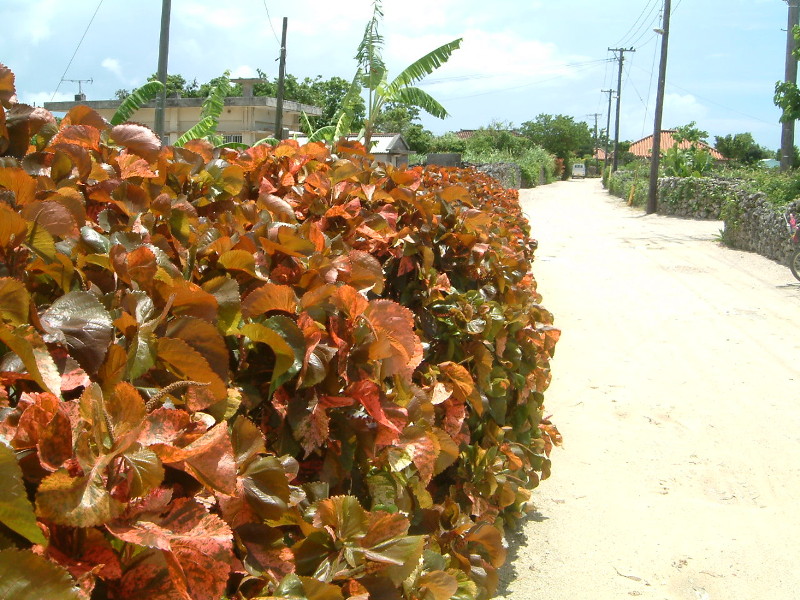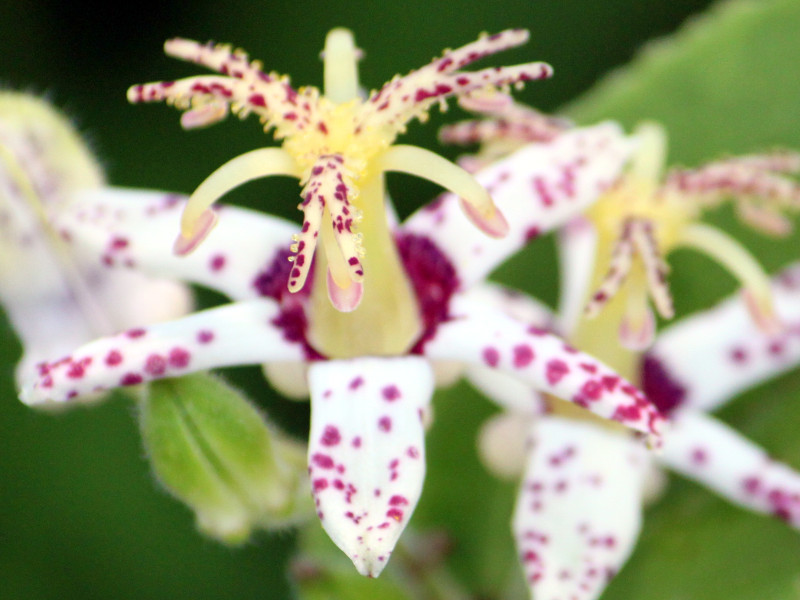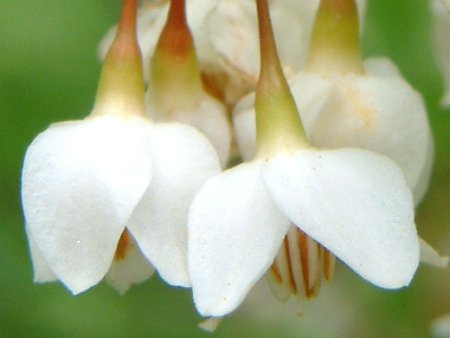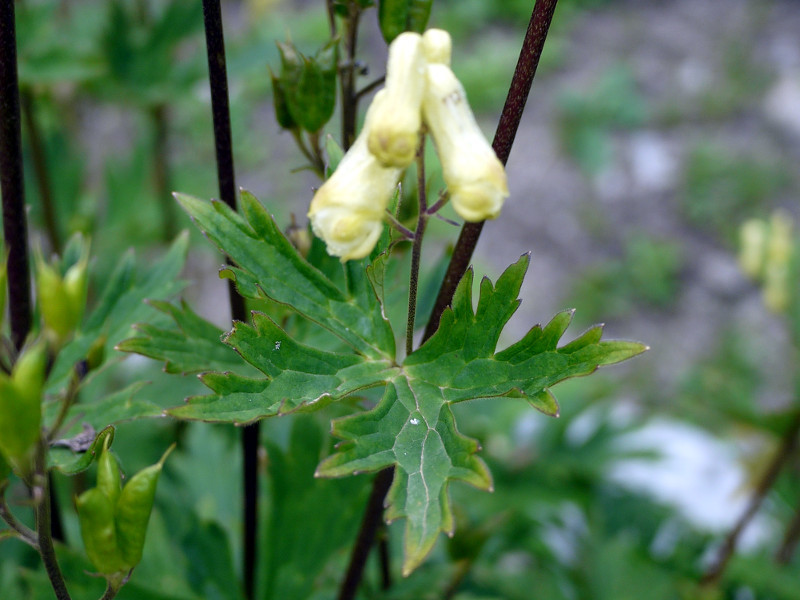Iris lavigata
- Flower nameIris lavigata
- Scientific nameIris lavigata
- Alias杜若, Kakitsubata, Iris lavigata, Japanese iris
- Place of originJapan, Korean Peninsula, Taiwan, China
- Place of floweringRice paddies
- Flowering seasonMay, June
- Language of flowersgood luck, eloquence
What is Iris lavigata
Iris lavigata, commonly known as Kakitsubata or Japanese iris (scientific name: Iris lavigata) is a cold-tolerant perennial herb (perennial grass) of the genus Iris, which is native to Japan-East Siberian. A classic horticultural plant that has been harvested since the age of Manyoshu, and has been cultivated and bred for a long time. Just before the beginning of the rainy season, the flower stalks grow on the shore and bloom blue-purple (rarely white) flowers. The genus name "Iris" means "(rainbow)" in Greek, and the species minor "lavigata" means "(hairless)". Flower language is "good luck, eloquence". A similar flower has Arctic Iris(Ayame).
The difference between Kakitsubata and Ayame
1) Where it blooms- Ayame blooms in the dry gardens and fields, and the KakitsubataI. lavigata blooms in the shallow waters of the waterfront. 2) The pattern in the center of calyx-the ayame has a leopard pattern, and the kakitsubata has a white line. 3) Leaves-The leaves of the ayame are long and thin, and the leaves of kakitsubata are wide and soft.
General name: Iris lavigata (Kakitsubata), Scientific name: Iris lavigata, also: Japanese iris, Origin: Japan, Korea Peninsula, Eastern Siberia, China, Living type: Cold tolerant perennial herb (perennial), plant height: 50-70 cm, leaf shape: sword-like, flower length: 9-10 cm Flower color: purple, white, flowering period: May to June, application: ornamental.

